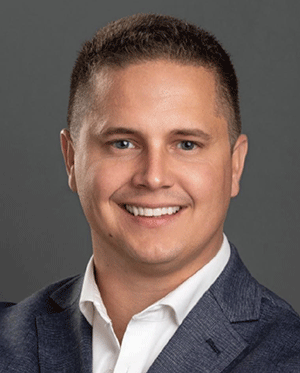Sleep therapy market: Keeping calm and carrying on

By Boone Lockard
Updated 3:04 PM CDT, Tue June 13, 2023
 Editor’s note: It’s been a busy year in the sleep market, as manufacturers rebound from supply chain issues that have plagued them since 2020 and new technologies have launched to increase patient compliance. Boone Lockard, director of VGM Respiratory, recently weighed in on what he’s currently seeing in this dynamic space.
Editor’s note: It’s been a busy year in the sleep market, as manufacturers rebound from supply chain issues that have plagued them since 2020 and new technologies have launched to increase patient compliance. Boone Lockard, director of VGM Respiratory, recently weighed in on what he’s currently seeing in this dynamic space.
On the challenges and opportunities in the sleep market
Opportunities:
The sleep market presents several significant opportunities for companies and individuals involved in the industry. One of the most significant opportunities is the development of new sleep technology, including sleep tracking devices and sleep apps. These products have the potential to improve sleep quality and provide valuable insights into sleep patterns, leading to improved health outcomes for consumers.
Another significant opportunity is the treatment of sleep disorders. As more people are diagnosed with conditions such as sleep apnea, insomnia, and restless leg syndrome, there is an increasing need for new and effective treatments and therapies.
Challenges:
Supply chain issues have been an ongoing nuisance since 2020. Luckily, we seem to be getting in a better spot when it comes to sourcing PAP devices. ResMed and React Health are now able to satisfy what was a turbulent and volatile market. Although, many HME owners are anxiously awaiting the return of Philips to the sleep and respiratory market.
On the role of resupply in the market
I feel as if a PAP resupply program can be the backbone of a well-run sleep and respiratory program. The recurring revenue stream from a compliant patient and a robust resupply program can make a huge impact on a business. Recent data has shown that.
A well-oiled resupply program doesn’t just stop at generating revenue for an organization. We’re all in the business to, ultimately, take care of patients. Regular resupply of CPAP accessories ensures that patients have the necessary components to continue using their CPAP machine effectively. This improves therapy compliance, which is crucial for treating sleep apnea. Also, patients who participate in a CPAP resupply program are more likely to be satisfied with their therapy, as they have the necessary supplies to continue using their CPAP machine effectively. This can lead to improved patient retention and referrals for healthcare providers and DME suppliers.
On the demographics
What does the future look like for the sleep apnea market? According to a report by ResearchAndMarkets.com, the global sleep apnea devices market was valued at $6.2 billion in 2020 and is projected to reach $9.8 billion by 2026, growing at a CAGR of 7.8% during the forecast period. This growth is being driven by several factors, including:
Increasing prevalence of sleep apnea: Sleep apnea is becoming more prevalent, with an estimated 936 million people worldwide affected by the condition. This increasing prevalence is driving market growth as more people seek diagnosis and treatment for their sleep apnea.
Technological advancements: The sleep apnea industry is seeing significant technological advancements, with new and innovative products and services entering the market. This includes wearable sleep tracking devices, advanced CPAP machines, and new surgical treatments for sleep apnea.
Growing awareness and education: There is a growing awareness of sleep apnea and its impact on health and well-being. This increased awareness is leading to more people seeking diagnosis and treatment for their sleep apnea, driving market growth.
Comments